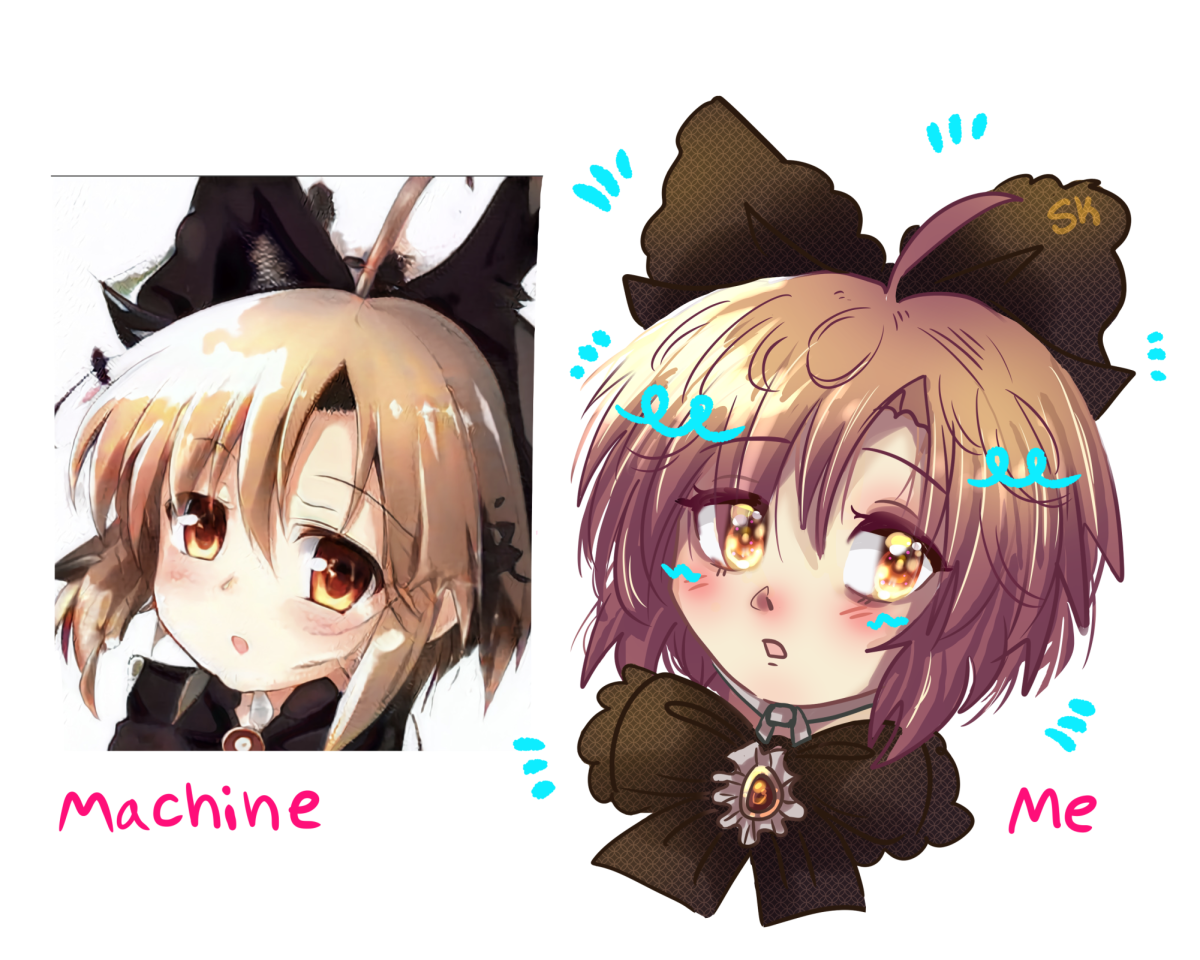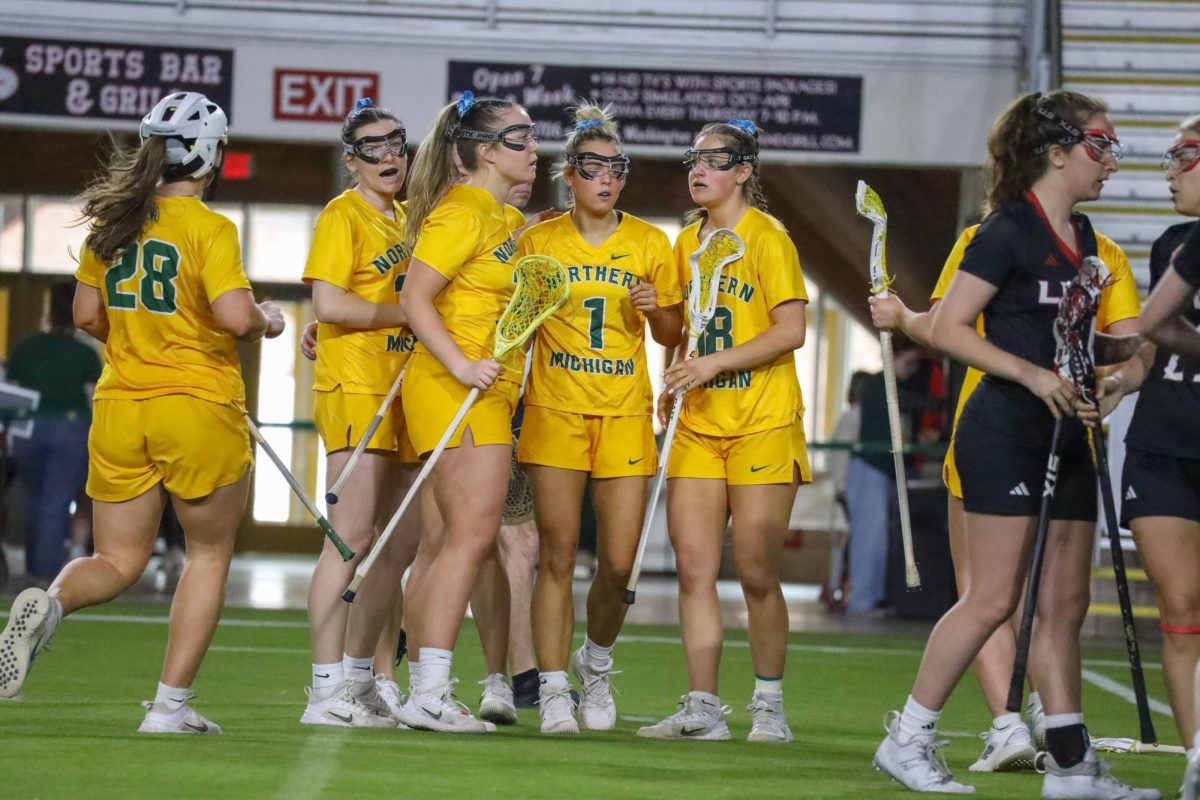Michael Ruse, the well-known philosopher of science and author of almost 20 books on the debate between creationism and evolutionism, once said, “Of all the scientists in the world today, there is no one with whom Charles Darwin would rather spend an evening than Sean Carroll.”
It is fitting, then, that Sean Carroll, a professor of molecular biology and genetics at the University of Wisconsin, spoke at NMU Wednesday in the wake of Darwin’s 200th birthday and the 150th publication anniversary of his famous “The Origin of Species.” The presentation, given in the Great Lakes Room to a crowd of over 350 people, focused on the adventures of early evolutionists.
“The attendance was remarkable,” said Alec Lindsay, an NMU professor of biology, who introduced Carroll. “The talk was impressive and inspiring.”
The presentation largely drew from Carroll’s new book, “Remarkable Creatures,” which focused on many different scientists whose discoveries led to breakthroughs in science.
The book, like his speech, is unusual in that it focuses just as much on the adventures the scientists embarked on as it does the discoveries.
“The philosophy here is that people enjoy a good story. These people make it easy for me,” Carroll said in an interview prior to his speech. “These are dramatic lives. This is about understanding what drives people to discover new things.”
Carroll described his presentation as “telling yarns” rather than giving a lecture. He said his goal was to keep everyone entertained, to perhaps see the history of evolution from a different perspective.
“I thought the speech was good, very entertaining. It had a good energy to it,” said Josh Forrester, an environmental science major who attended the speech.
Carroll particularly focused on the adventures of Alfred Wallace, an early believer of evolution. Wallace set sail from England for the Amazon at the age of 25 in 1848.
His intention was to collect as many animals as possible to sell back to collectors in England, as well as study the species themselves.
“No other man fits the description of spirit and deed than Alfred Wallace,” said Carroll.
Wallace, a scientist, spent four years in the Amazon collecting a wide variety of specimens of animals and conducting research. On the way home to England, his ship caught fire off the coast of Bermuda. Wallace was only able to escape with some clothing and a few drawings. All of his specimens, along with years of research, notes and drawings were lost in the fire.
After being rescued, Wallace was determined to conduct new research, so in 1854 he set sail for the Malay Archipelago. He spent eight years there, collecting over 120,000 specimens and making 96 crossings from island to island. While there, he began theorizing on the variations of the creatures he saw on the different islands he visited.
Wallace sent his paper “On the Tendency of Varieties to Depart Indefinitely From the Original Type” to Darwin in 1858. Darwin, who had been developing a theory of evolution for close to 20 years, was startled by how similar Wallace’s theories were to his. The two scientists decided to publish their theories together.
Carroll also talked about Henry Walter Bates, another scientist who spent time conducting research in the Amazon. He discovered several creatures whose appearance mimicked more dangerous creatures, such as the Longicorn Beetle whose appearance is very similar to wasps. Darwin was later able to use this discovery to prove his theory.
Carroll said that today, we are better able to study the genes of animals and trace their development, adding that scientists have unlocked the genome sequences of 52 different creatures.
“We can now see the genes in action and how changes in these genes have created a great variety of creatures,” he said.
Carroll said that we are now in a “second golden age” of evolution.
The presentation was sponsored by the Tri Beta Biological Honor Society. Danielle Hernandez, president of Tri Beta, said she was glad to have Carroll at NMU.
“I think this is a good step forward in getting people involved,” she said. “It’s about making it truly come alive for each person.”
























